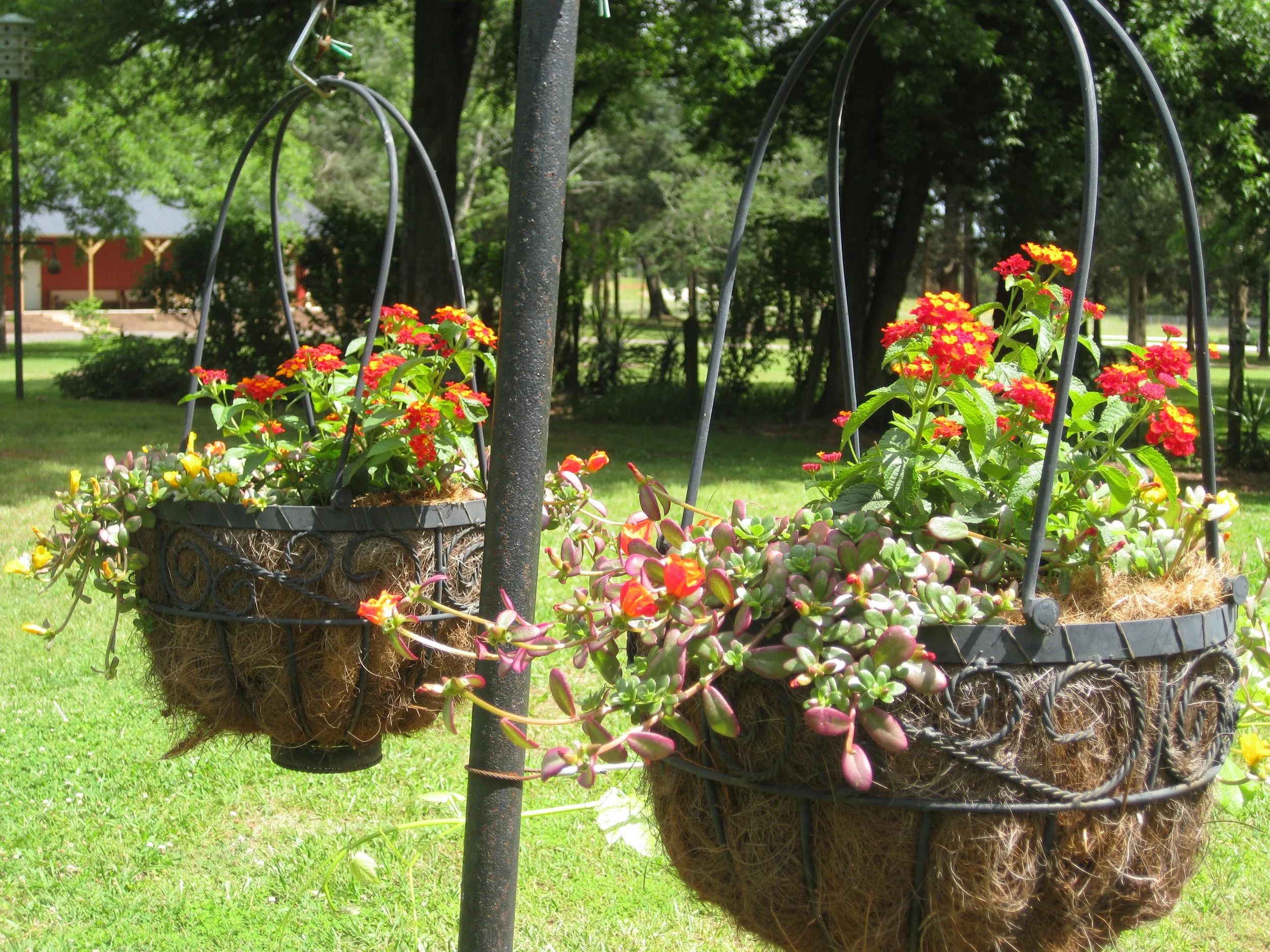My love for Purlsane began when I inherited a pair of concrete planters that sat atop brick steps in full, baking, South Carolina sun. Nothing would survive in that spot until I found Portulaca (pronounced por-chew-LAY-kah), commonly known as Purlsane. This South American native flourishes in heat, laughs at humidity, and withstands neglect. Too much water will cause rot, so well-draining soil is a must.
Portulaca is a mat-forming annual succulent that reaches heights of four to six inches. Leaf forms are either needle-like or rounded and fleshy. The colorful blooms in shades of yellow, red, pink, coral, white, or magenta open in the morning, then close at sundown or when pollinated by a visiting bee. Flowers may not open on cloudy days. The ‘Yubi’ series and the ‘Afternoon Delight’ series stay open longer than other varieties. This means it is good plant for daytime enjoyment, not so good for evening entertainment. Plants grow quickly from transplants. They will sometimes reseed. They do well in hanging baskets and rock gardens.
A weedy form of Purlsane, Portulaca oleracea, is spread around by birds, winds, and via animals’ digestive systems. The foliage resembles its round-leaf cousin, but flowers are invariably yellow. They are hard to eradicate due to an extensive root system. This “weed” is a food for wildlife. Its leaves are edible by humans but are harmful to dogs, cats and horses if eaten in large quantities.
Portulaca is generally trouble-free, bothered occasionally by spider mites, aphids, or slugs.
A pair of hanging baskets with Lantana and Portulaca


